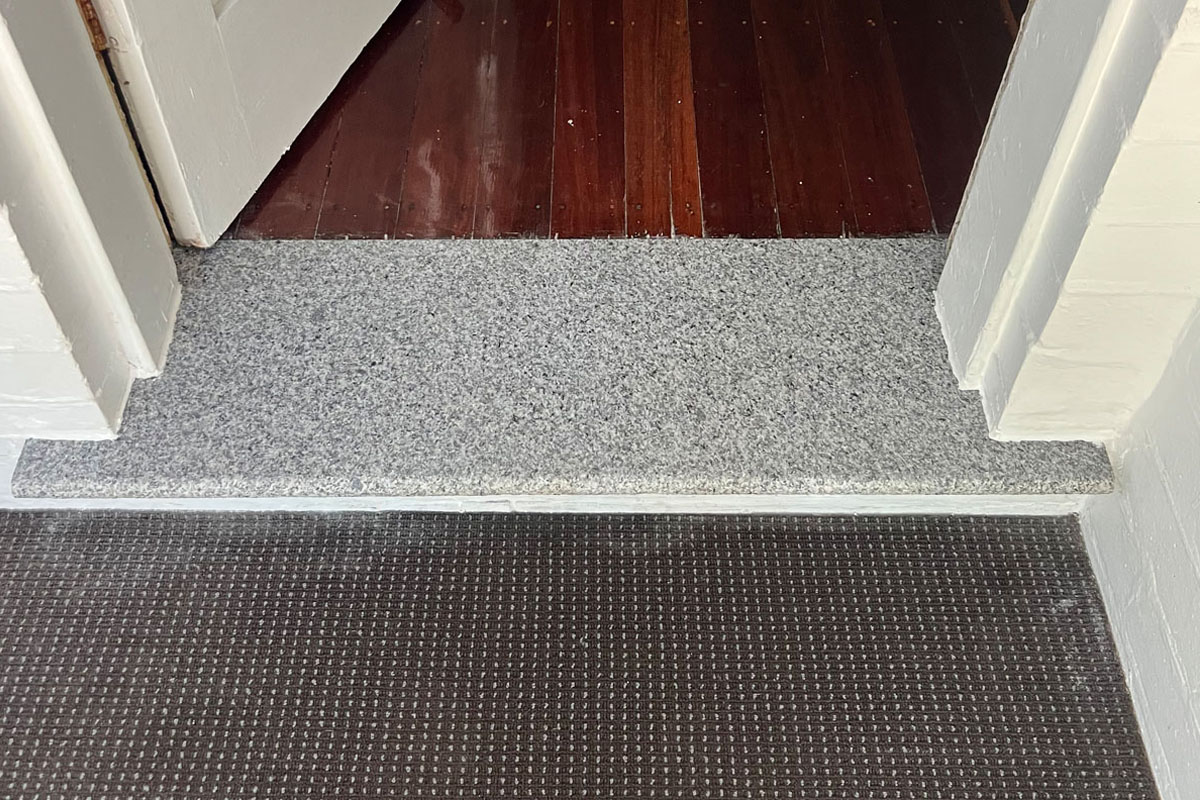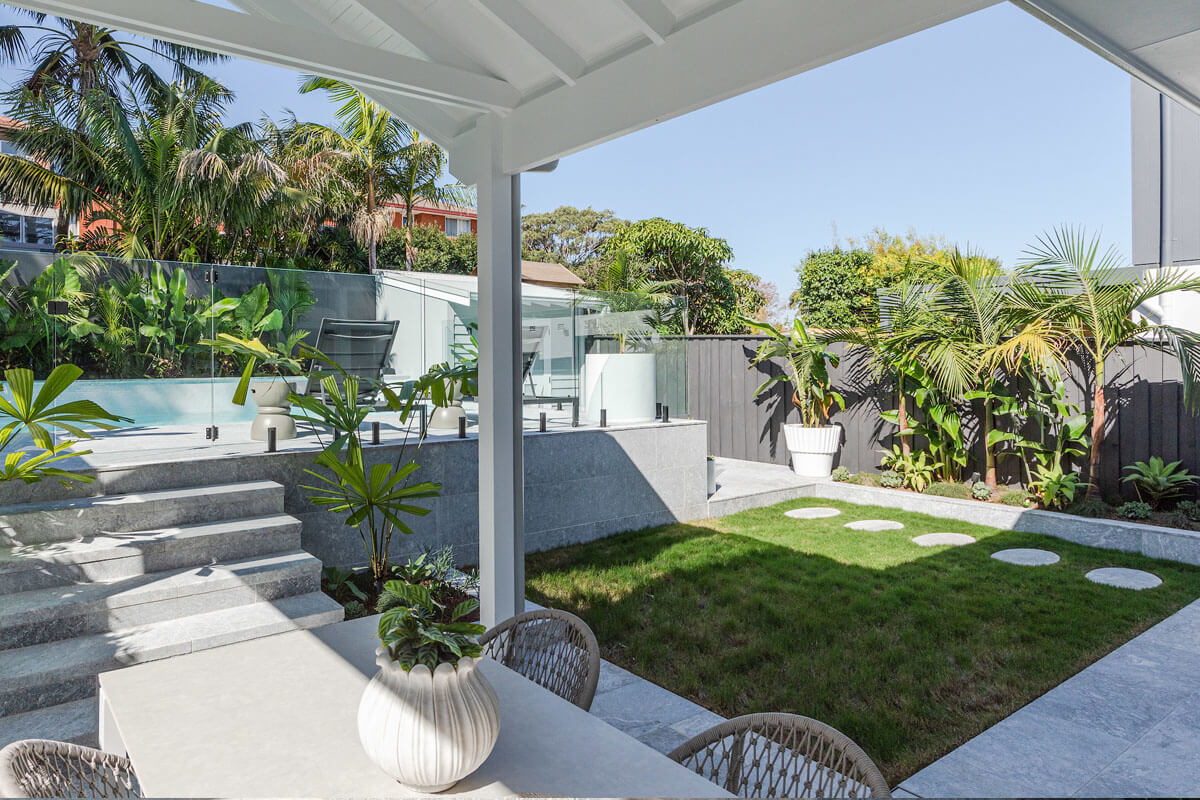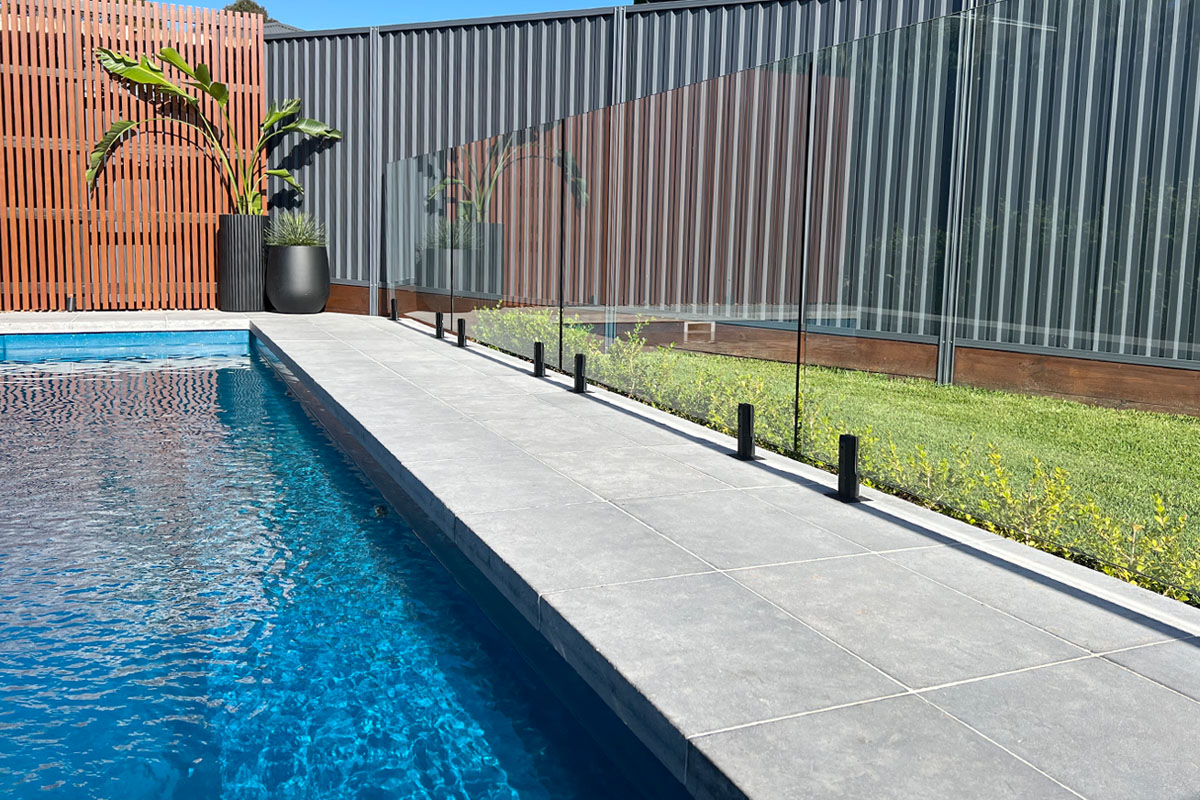How to Create The Perfect Coastal Garden
The coast, with its own unique features and climate, makes coastal gardens different to others.
As such, they need to be treated with specific attention to detail that a regular garden might not.
For example, specific coastal conditions such as high salt content in the air, high winds and sandy soils, can make it quite difficult for certain plants to thrive.
So if you live by the coast, it is very important that you choose the best plants for your home so that they can thrive as well as compliment your coastal vibe.
In today’s article, we will look at how you can make the most of your coastal garden from the plants to plant, pathways to pave and decks and terraces to install.
Plants to plant
Australia’s climate is primarily a desert which means that it is prone to long hot summers, with bush fires and drought being prime culprits to damaging fauna, flora and homes.
Additionally, being exposed to drought and lower supplies of fresh water and rain, local councils and the government often implement water restrictions to help regulate the limited water supplies.
In coastal areas, there are also a few other elements to consider, namely sand, salt and wind. When designing your coastal garden, it’s imperative to consider these factors. However, that doesn’t mean you need to compromise on style. For example, there is a wide variety of beautiful native plants that thrive in coastal conditions. These can be incorporated into your garden in different landscaping styles and make your coastal garden both functional within its conditions as well as aesthetically pleasing for you to enjoy.
In saying that, you might notice (while driving around a coastal area) that many gardens aren’t exceptionally neat or maintained. This is because coastal gardens tend to work best when left to their own vices and looking as natural as possible. This saves you both time and money and is one of the reasons that you take the time to research and install the most appropriate plants for your coastal garden.
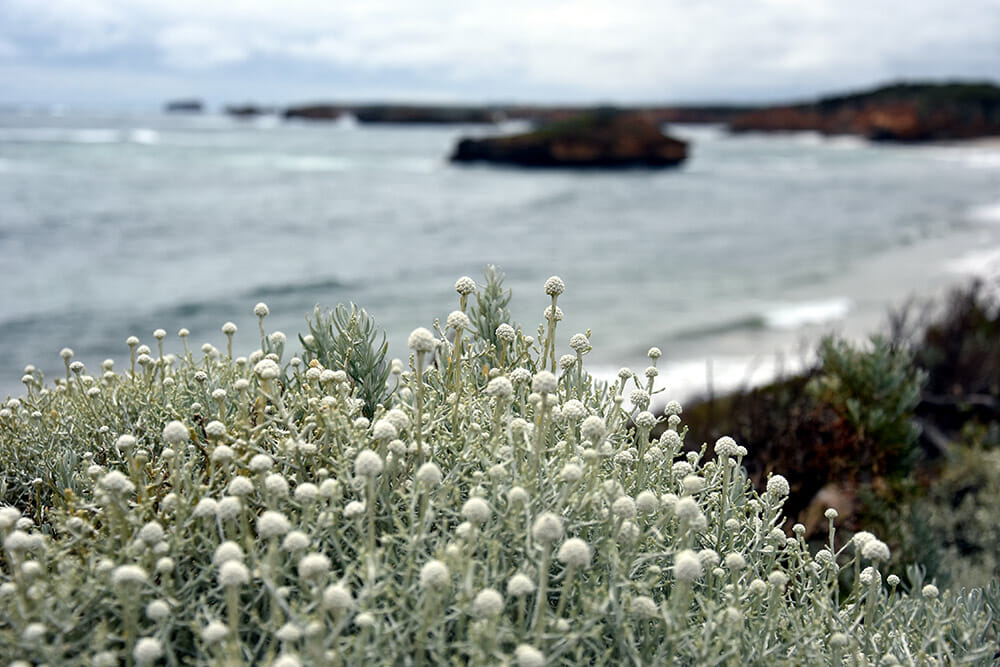
One of the most important features you need to consider is that they are drought-tolerant. You see, because your garden will be so close to the beach, it is subjected to high levels of sand. As such, the soil will struggle to retain water and nutrients to nourish the plants. This is why you need to choose fauna that will thrive off limited liquid.
Some examples of plants that will thrive coastal conditions include;
- Common Boobialla – This is a large shrub with white flowers that bloom in winter to produce a purple berry. Common Boobialla loves full sun exposure, grows tall and dense and as a result, makes for a useful screen to close your garden from the eyes of prying neighbours or passers-by.
- Coast Daisy Bush – A short, dense, grey-green bush, the Coast Daisy blooms white daisy-like flowers along its stem in summer and autumn seasons. This plant is versatile and can be planted directly in soil or in a pot. Whatever you choose, it’ll add a unique flavour and look to your garden.
- Coast Bonefruit – This ground-hugging shrub grows about 20cm high and has luscious lime-green leaves that resemble succulents. It’s an excellent soil stabiliser and tolerates the saline conditions prevalent in coastal gardens.
- Sword Sedge – Much like the name suggests, the Sword Sedge has spiky dull green leaves that flow out from the centre and resemble the flax bush. It makes for an ideal accent plant and looks great installed around the border of your garden in either small or large clumps.
- Succulents – Cacti and succulents thrive in the desert for a reason. Their leaves and stems are designed in such a way that encapsulates and retains water and nutrients and slowly feeds the plants over time. As such, succulents are a perfect plant choice for coastal landscapes and they look even more alluring against the backdrop of the ocean.
Of course, there are a myriad of other options to choose from. What’s important is that you find plants and shrubs that can tolerate the conditions associated with the ocean and coast, otherwise you will continuously have to tend to dying plants that simply cannot thrive within these unique conditions. It’s also a good idea to find plants in a variety of textures to create different layers in your garden. If you’re ever in doubt, your local nursery who will be able to help.
The pathways
Like most gardens, coastal ones will find their inspiration from their environment. This is why what works in the city for a garden path, may not work for a garden by the sea.
When designing a garden path, you want to aim to create a relaxed, laid-back vibe with a natural design. According to some experts, you can create this aesthetic by incorporating natural, gentle curves within your path design to by using natural, gentle curves to encourage a relaxed stroll through the garden. Using curved paths also mirrors the waves of the ocean.
From an aesthetic perspective, you might want your coastal garden to reflect the sea and surf. You can do this by making your path from blending crushed seashells along the border of your path or garden edging. Basically you can use tiny fragments of seashells to create the pathway. Just a word of caution, while it looks lovely, if you’re not wearing shoes, it can be hard on the feet.
Alternatively, you can use pavers and pebbles for your coastal path, both hard-wearing materials that are ideal for high-traffic areas. You would want your path to withstand high-traffic because, let’s face it, if you have a beautiful and peaceful coastal garden, you’ll be enjoying it a lot.
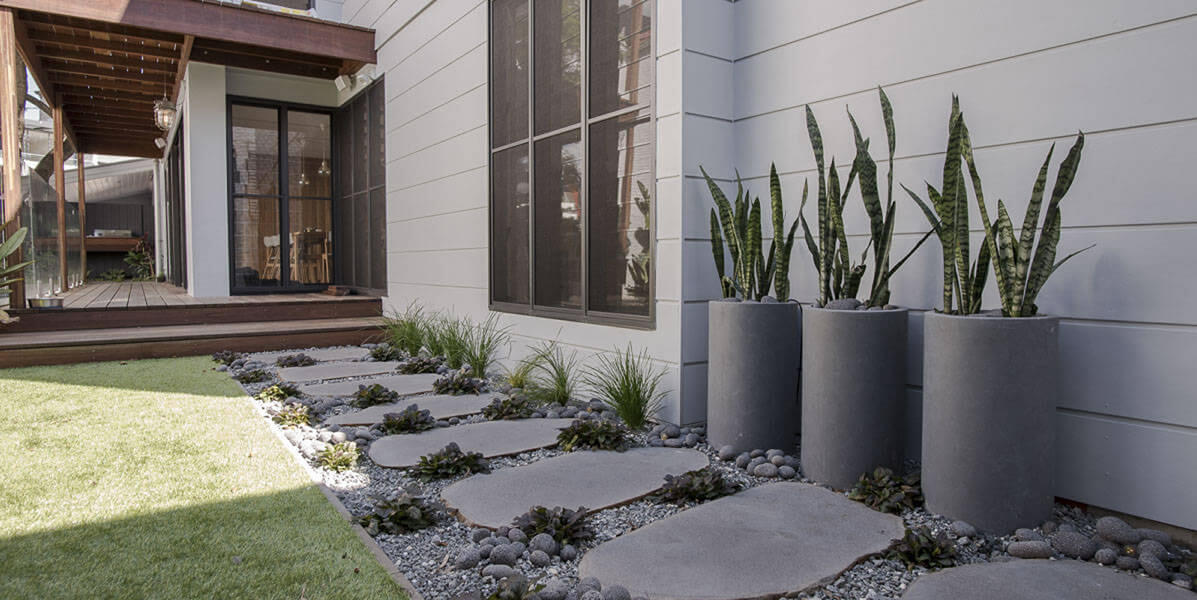
Natural Stone Pavers can be used for pathways or as stepping stones which makes them very versatile. Stepping Stones, on the other hand, are a perfect way to draw someone’s attention and direction towards a focal point, for example, an al-fresco seating area.
When it comes to pebbles, gardeners and landscapers have been using garden pebbles for centuries. In fact, they’re one of the most popular and versatile landscaping products available today. They’re contemporary, stylish and best of all, affordable. They’re great for garden paths and can really complement the beach-like theme of coastal gardens. Pebbles, when used for a pathway or driveway, look similar to gravel. However, because they’re likely going to be set in resin or rubber, weeds won’t be able to grow through the crevices and so you have a win-win outcome!
Decks and terraces
Another way you can enhance the appeal of your coastal garden retreat is by creating a deck or terrace. You can fashion this from a range of materials including timber, recycled plastic or tiles. If you choose to create the deck using tiles, make sure you use a natural and durable material that will stand the test of time. Similarly, choose neutral shades that won’t date as the years pass.
It may seem like a strange alternative for decking, however many experts recommend using recycled plastic over timber. If we consider why, though, it makes sense. Unlike timber, which is porous and subsequently prone to damage from sun, water and wind, recycled plastic is a man-made material that is better equipped to handle coastal conditions. Also, it requires less maintenance than timber. For example, timber tends to deteriorate quicker in coastal conditions and needs frequent re-oiling and varnishing to protect it.
In saying that, consider the aesthetic of your coastal garden and choose the best materials to design it in such a way that collectively, your garden will thrive.
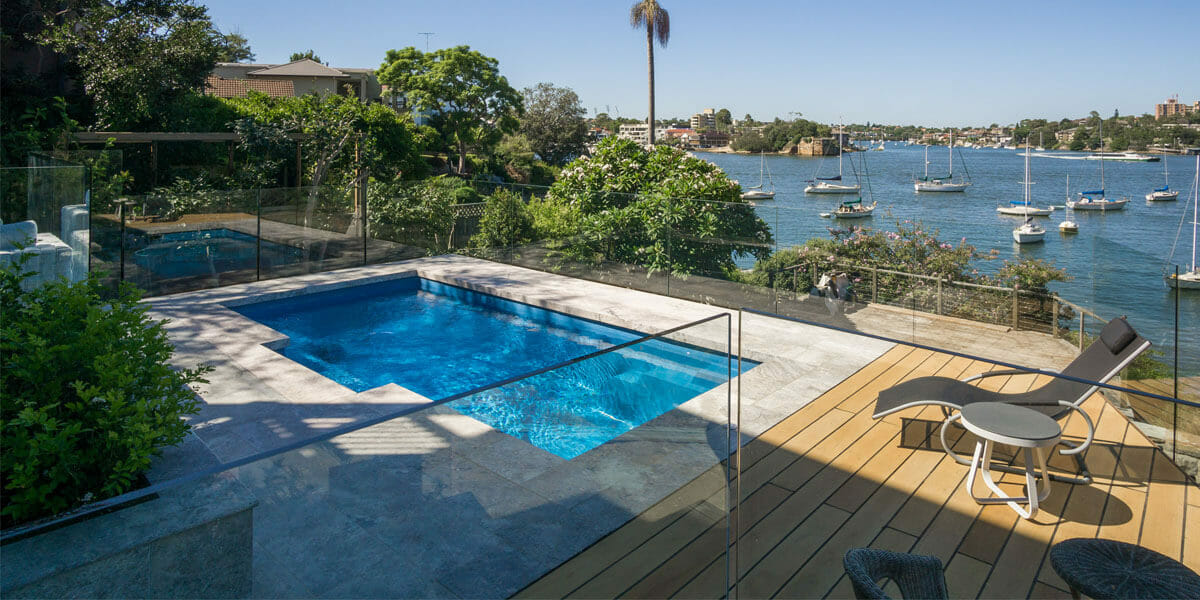
Turn your ideas into reality
There you have it: a few simple guidelines that will help you design the perfect – and tranquil – coastal garden.
If you need any additional help with sourcing your pavers, tiles and pebbles, reach out to our natural stone experts at Armstone. We stock the highest quality products found in the world and would love to help you make your dream coastal garden, a reality.
Reach out to us online or at 1300 560 560. Alternatively, browse our blog or visit our showroom in Glebe, Sydney for insight and inspiration.
